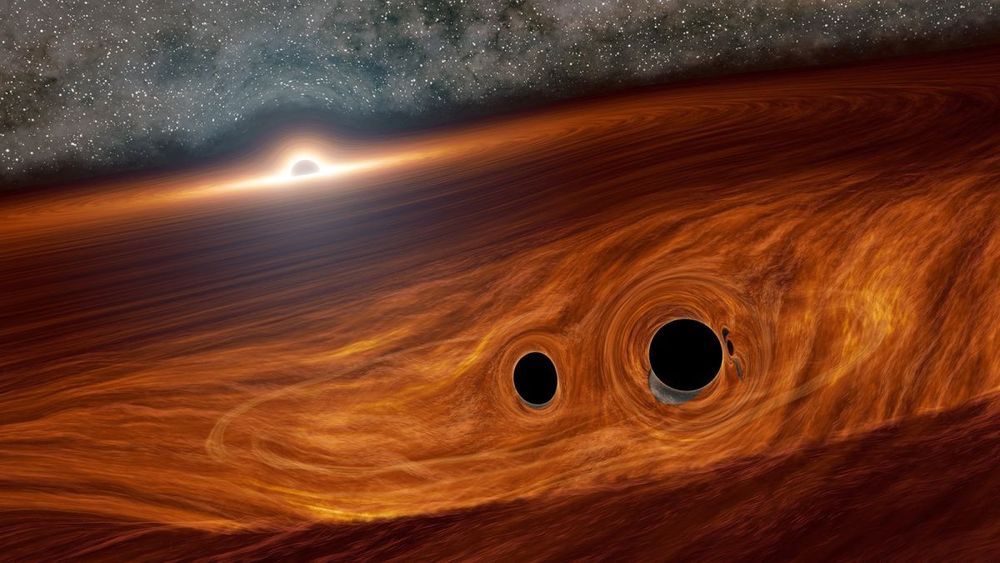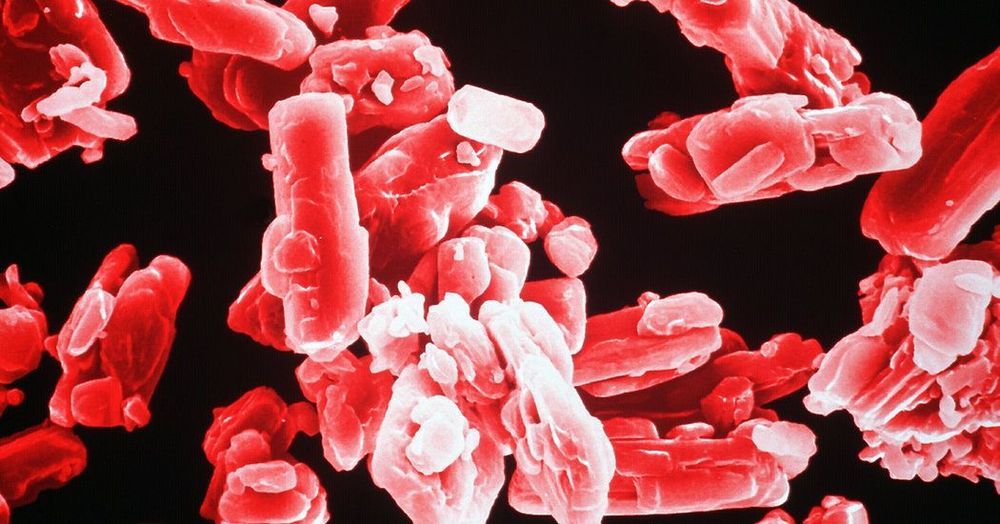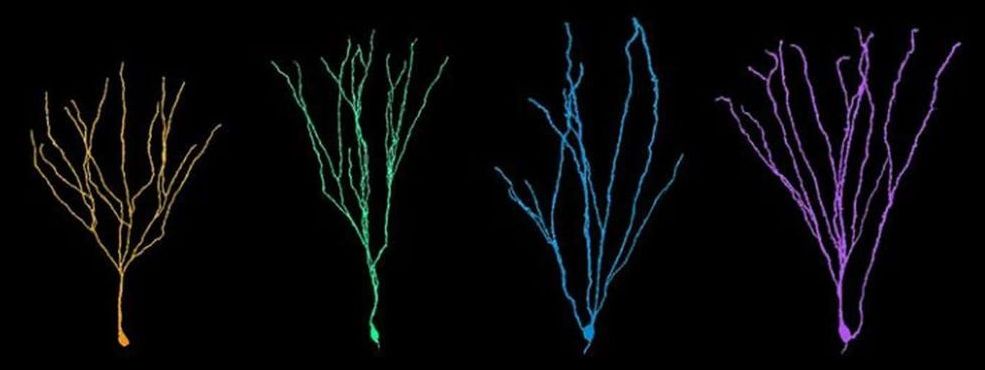Page 6420
Jun 28, 2020
Physicists Create New Isotope of Mendelevium
Posted by Genevieve Klien in category: physics
In an experiment performed at Lawrence Berkeley National Laboratory’s 88-inch cyclotron, a team of physicists successfully created a new isotope of the human-made element mendelevium.
Jun 28, 2020
Gorgeous NASA Simulations Show What Sunsets Would Look Like on Other Worlds
Posted by Genevieve Klien in categories: computing, space
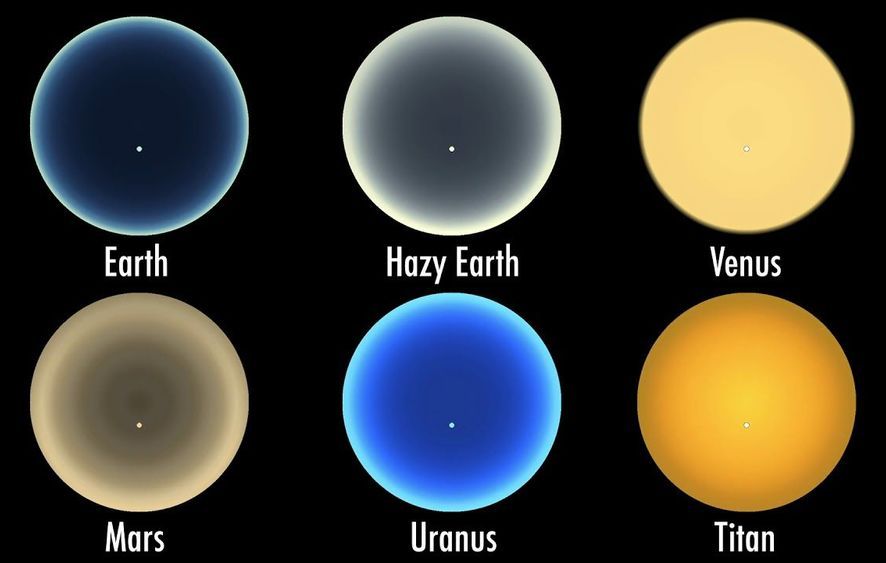
How would the Sun look as it dipped below the horizon on a long (17 hour) day on Uranus? Or what would a late-night sunset on Mars look like, when we finally get there? Thanks to some NASA computer modelling, these scenarios are now a little easier to imagine.
What makes a sunset is the interplay of light from the Sun – which includes all the colours of the rainbow – together with the gases and dust in the atmosphere. The less atmosphere, the less impressive the sunset.
Continue reading “Gorgeous NASA Simulations Show What Sunsets Would Look Like on Other Worlds” »
Jun 28, 2020
A ‘Cure for Heart Disease’? A Single Shot Succeeds in Monkeys
Posted by Genevieve Klien in categories: biotech/medical, genetics
A novel gene-editing experiment seems to have permanently reduced LDL and triglyceride levels in monkeys.
Jun 28, 2020
Spectacular New Images Capture the Space Station Cruise Across the Sun
Posted by Genevieve Klien in category: space
Moving at eight kilometers (five miles) per second, the International Space Station (ISS) circles our planet every 90 minutes. In a 24-hour period, crew members on the ISS experience 16 sunrises and sunsets. Despite how often the station passes directly between Earth and the Sun, capturing an image of the ISS transiting our nearest star is rare.
On June 24, 2020, NASA photographer Joel Kowsky captured such an occurrence from Fredericksburg, Virginia. The image above is a composite, made from six frames, and shows the ISS in silhouette as it moved from right to left across the solar disk while orbiting 400 kilometers (250 miles) above Earth.
The image below shows the position of the ISS in its orbit as Kowsky snapped his photos at approximately 1:15 p.m. U.S. Eastern Daylight Time. The transit lasted approximately 0.54 seconds and was captured while his camera was shooting at 10 frames per second. Watch a video of the transit below.
Jun 28, 2020
Happy birthday to the World most important Entrepreneur ( Olorogun Elon Musk)
Posted by Kelvin Dafiaghor in categories: education, Elon Musk, life extension, robotics/AI
Happy birthday to the World most important Entrepreneur (Olorogun Elon Musk). We at the Ogba Educational Clinic and Artificial intelligence Hub celebrate and wish to immortalize you by Setting up a club after you (The Elon Musk Club). This is in line with our vision to create small Elon’s that would eventually outdo you from Africa.
Click on photo to start video.
“When something is important enough, you do it even if the odds are not in your favor.”
Happy Birthday Mr. Elon Musk. A little tribute to you from us. #TeamSpaceXLovers #ElonMusk #Birthday #Livinglegend
Jun 28, 2020
Mathematical Breakthrough Makes It Easier to Explore Quantum Entanglement
Posted by Quinn Sena in categories: information science, mathematics, particle physics, quantum physics
Updated mathematical techniques that can distinguish between two types of ‘non-Gaussian curve’ could make it easier for researchers to study the nature of quantum entanglement.
Quantum entanglement is perhaps one of the most intriguing phenomena known to physics. It describes how the fates of multiple particles can become entwined, even when separated by vast distances. Importantly, the probability distributions needed to define the quantum states of these particles deviate from the bell-shaped, or ‘Gaussian’ curves which underly many natural processes. Non-Gaussian curves don’t apply to quantum systems alone, however. They can also be composed of mixtures of regular Gaussian curves, producing difficulties for physicists studying quantum entanglement. In new research published in EPJ D, Shao-Hua Xiang and colleagues at Huaihua University in China propose a solution to this problem. They suggest an updated set of equations that allows physicists to easily check whether or not a non-Gaussian state is genuinely quantum.
As physicists make more discoveries about the nature of quantum entanglement, they are rapidly making progress towards advanced applications in the fields of quantum communication and computation. The approach taken in this study could prove to speed up the pace of these advances. Xiang and colleagues acknowledge that while all previous efforts to distinguish between both types of non-Gaussian curve have had some success, their choices of Gaussian curves as a starting point have so far meant that no one approach has yet proven to be completely effective. Based on the argument that there can’t be any truly reliable Gaussian reference for any genuinely quantum non-Gaussian state, the researchers present a new theoretical framework.
Jun 28, 2020
Adult-born neurons grow more than their infancy-born counterparts
Posted by Shailesh Prasad in category: neuroscience
Summary: Neurons created as a result of adult neurogenesis mature for longer and grow larger than those created during infancy. Findings suggest adult-born neurons may have a more powerful function than those created during infancy and may play a critical role in neuroplasticity.
Source: SfN
Adult-born neurons keep growing and contributing to brain flexibility long after neurogenesis declines, according to research in rats published in Journal of Neuroscience.
Jun 28, 2020
Plants Don’t Have The Last Word On Photosynthesis
Posted by Shailesh Prasad in category: futurism
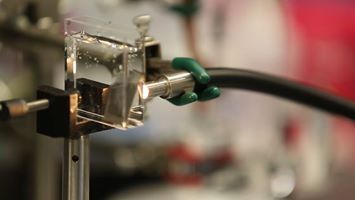
Harvard University scientists have created an artificial leaf that’s even better than the real thing.
